BLOG CATEGORIES

Labyrinthitis – What to do if you are not improving
Recently, I wrote an article about Labyrinthitis, and mentioned that with this type of inner ear problem, when it affects only one ear, the expectation is for full functional recovery. I received some feedback from some frustrated readers who had this problem but...

Better Balance – A 2015 New Year’s Resolution
This is the time of year when one can reflect on our lives and the things we want to improve on for the upcoming year. Why not make it your goal to improve your balance? One way to decide if your balance needs improving is by having your balance tested....

BPPV and Christmas Trees- A Holiday Tip
It’s that time a year for the annual trip to the Christmas tree lot. Last week I went with my family to find the perfect tree. We walked around and around each tree, trying to find the one that looked just right. We were tipping our head back to look at the...
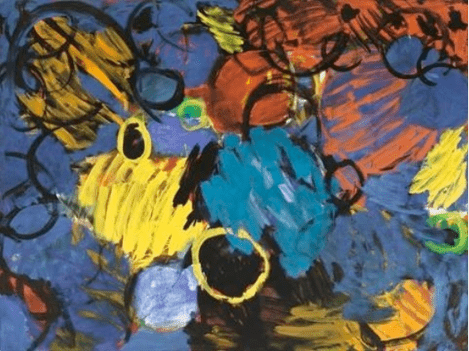
Top 5 Motions that trigger BPPV (Benign Paroxysmal Positional Vertigo)
BPPV is a condition of the inner ear where the crystals in the ear that are supposed to be sitting on top of the nerve fibers become dislodged and start floating in the semi circular canals. When this happens, it can trigger symptoms of vertigo...
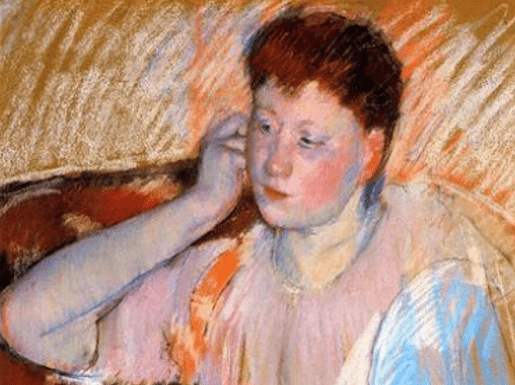
What is Labyrinthitis?
Labyrinthitis is a condition that affects the inner ear hearing and balance system. It is caused by an infection to the inner ear that can result in temporary or permanent damage to the inner ear. Symptoms associated with labyrinthitis include complaints of...
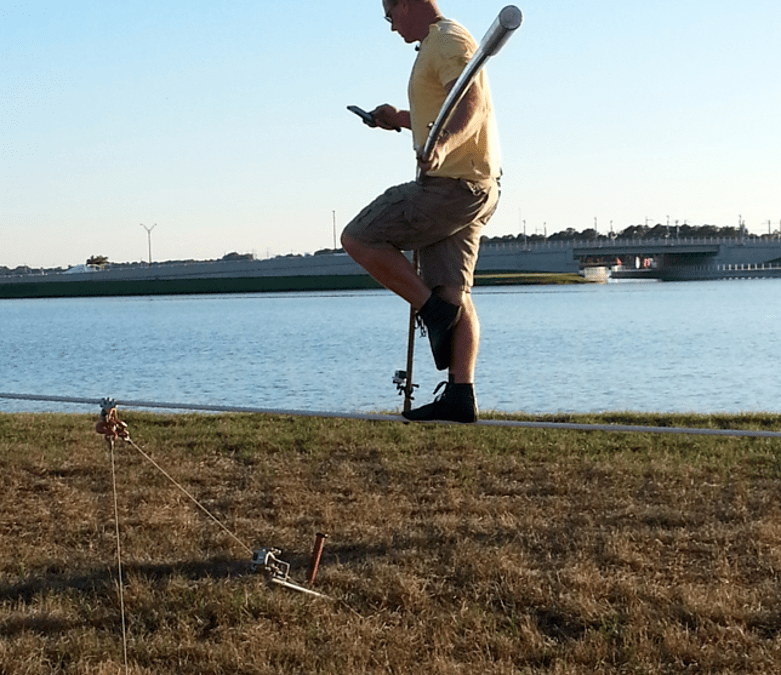
How does the balance system work?
Basically, our brain relies on sensory input that tells it where our body is in space. Then the brain deciphers this information, and tells the joints and muscles what to do to maintain balance. Where does the brain get its sensory information from? The 3...
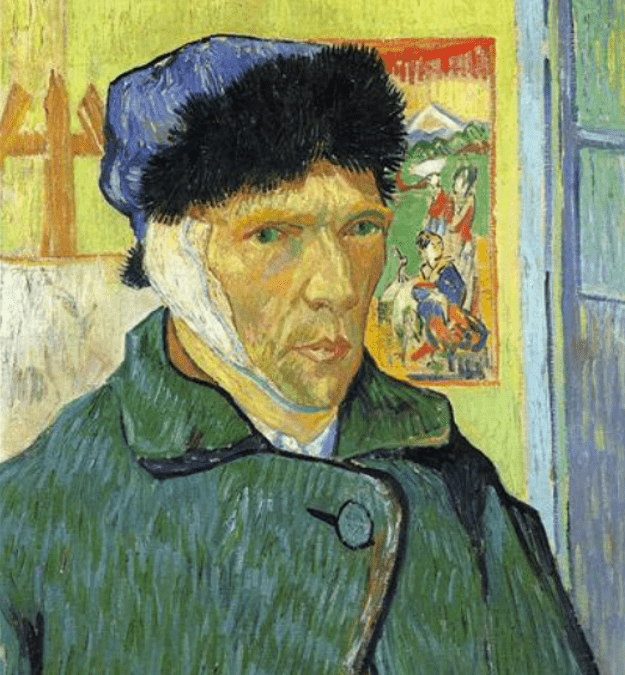
Inner Ear Disorders are “Invisible”
In this self-portrait of Vincent van Gogh, we can look at it and see that he has his right ear bandaged, and without even knowing him, we can surmise that something is wrong with his ear. He has a bandage on his outer ear, and looking at the painting,...
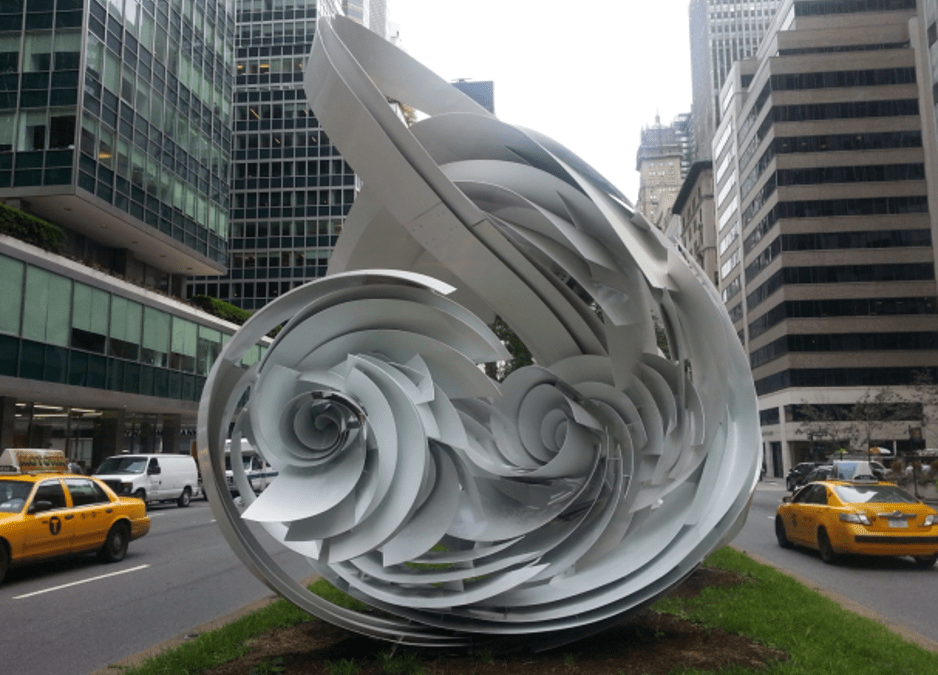
Art and the Inner Ear System: Do you see what I see?
You would have to be a person who loves the inner ear, and knows what it looks like anatomically speaking, to see what I see. I was in NYC July 2014 for the Open Forum ENT Meeting. When exiting my hotel to walk to the conference, I had to cross Park Avenue....
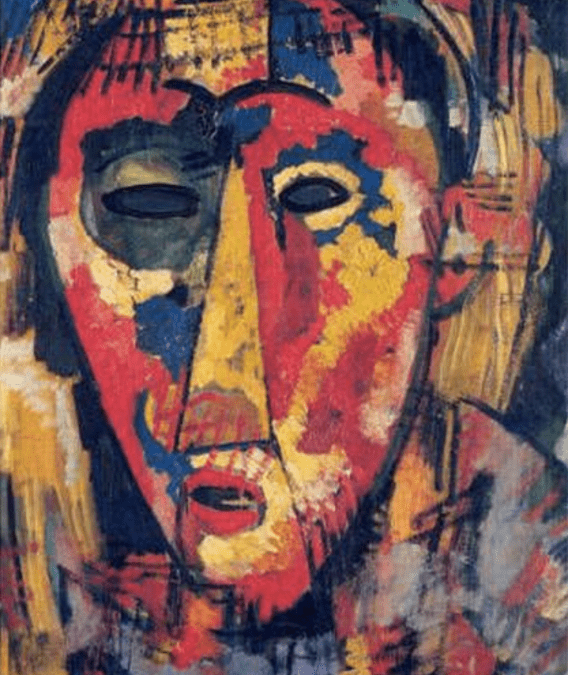
What is Bell Palsy? The Who, What, Where, When & Why
Bell Palsy is a condition that causes facial paralysis, and was named after Sir Charles Bell (1774-1842) who described the Facial Nerve and cases of facial paralysis in his writings. Who: 20-30 people per 100,000 people develop Bell Palsy per year. ...

Treating Dizziness: Balance Awareness Week
This week, we are celebrating Balance Awareness Week at my physical therapy practice in Sarasota, Florida. In honor of this recognition, I am happy to share with you a new infographic from the Vestibular Disorders Association. Infographics are pictures boards that...

Our Approach
Listen. Listening is the most important step in understanding a patient’s concern. It is the most basic beginning, and in health care today, so often undervalued. It directs understanding, the direction of testing, and formulation of a plan. It is the most important step in paving the road to treatment and recovery.
Learn. Our role is not only to learn from our patients but to guide them in how to learn from us, and what they should do to take back their lives and create positive change.
Live. Life is a gift. The purpose of all treatment at Equinox Physical Therapy is to restore function, independence, and freedom to clients recovering from or living with an illness.

